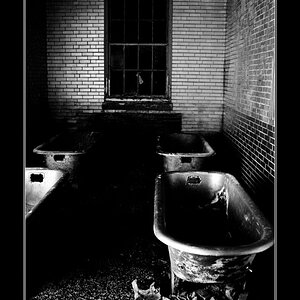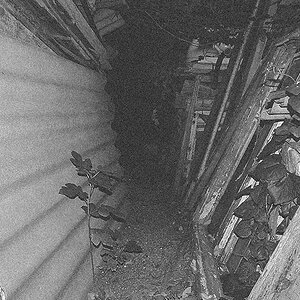BernieSC
TPF Noob!
- Joined
- Jul 3, 2004
- Messages
- 270
- Reaction score
- 0
- Location
- South Carolina
- Website
- www.bbrowderphoto.com
the easiest way to understand is to know that lenses give an angle of view. If you look at the lens specs it will tell you what the angle of view is. the lower the number the wider the angle of view and higher the tighter the angle of view. Most people think of lenses as magnification when you go above 50mm. Actually the angle of view is getting tighter so it shows your subject more tight.


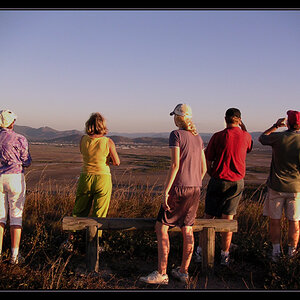
![[No title]](/data/xfmg/thumbnail/36/36101-1d9d7b0215488ea489d3bdb28d87ebeb.jpg?1619737345)
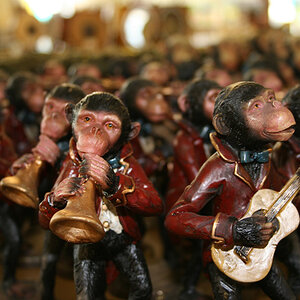
![[No title]](/data/xfmg/thumbnail/37/37622-530e264cdd98e6648079b89d7d3cd356.jpg?1619738153)
![[No title]](/data/xfmg/thumbnail/38/38734-a0c4ec46a440db881aca3700b0c62879.jpg?1619738703)
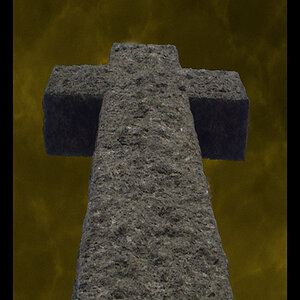
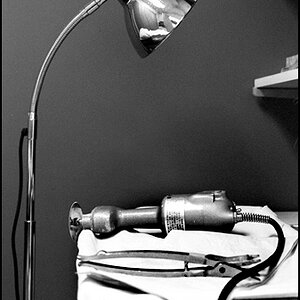
![[No title]](/data/xfmg/thumbnail/37/37621-b86590cf53fc4001d12701ee3091029b.jpg?1619738152)
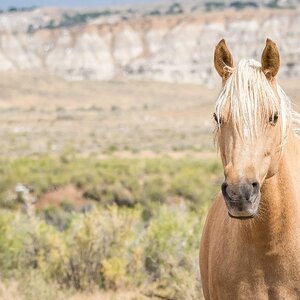
![[No title]](/data/xfmg/thumbnail/36/36102-8cd330c175e72b4b8009082908e60620.jpg?1619737346)
